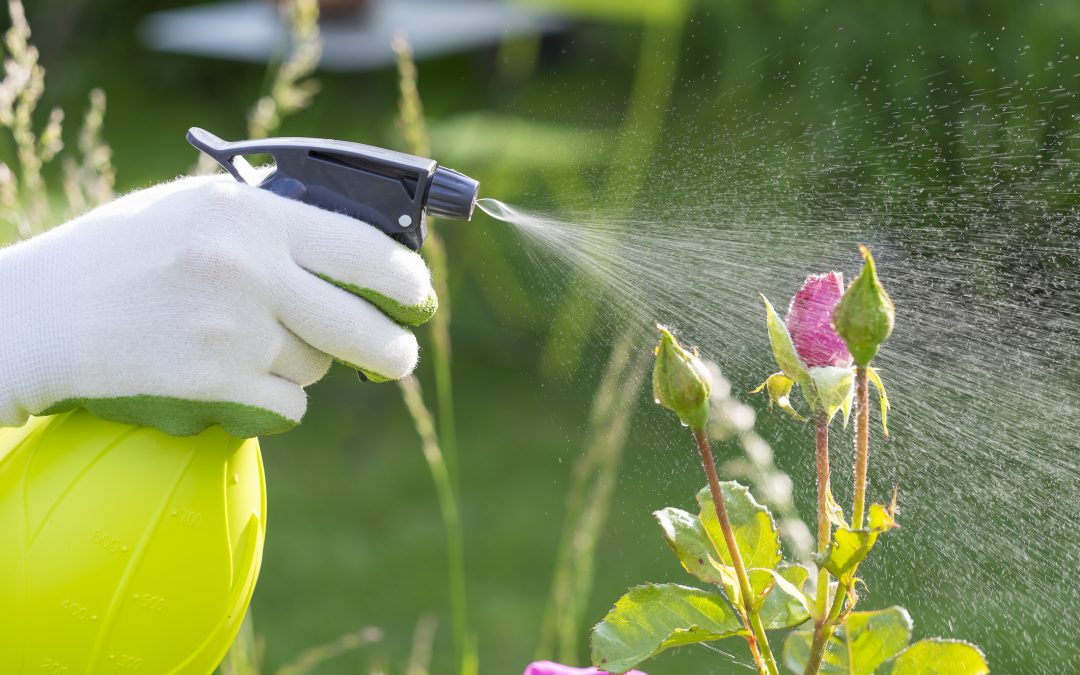Many people work hard to have a lush, green lawn.
It’s a labour of love for many – the mowing, raking, weeding, fertilizer and pesticide applications – it brings a definite sense of pride.
But did you know that what we do on our properties can impact the health of our lakes? Up to 35 per cent of precipitation can run off lawns and enter nearby water bodies – carrying with it the pesticides and fertilizers from our lawns.
In response to a 2017 survey, 95 per cent of Canadian households reported having a lawn or a garden. Of these households, 57 per cent reported using fertilizers or pesticides, as listed by Statistics Canada.
Alarmingly, a U.S. Geological Survey (USGS) study found higher concentrations of some pesticides in urban waterways in comparison to agricultural settings. Some of these pesticides included:
- Glyphosate – the active ingredient in Roundup and the most widely used herbicide in Canada. It is used in many sectors including agriculture and forestry as well as residentially. Reports show that glyphosate kills beneficial insects which also impacts insect eating birds. It also impacts non-target plants and is toxic to fish.
- 2,4-D – in urban areas it is used to limit broad leafed weeds such as dandelions, ragweed and poison ivy. It’s reported to affect non-target plants and can end up in water, putting at risk the plants and animals that consume it.
- Imidacloprid – a popular garden insecticide. It is also used in agriculture and has been found in aquatic environments in Canada at concentrations of up to 290 times the acceptable level for aquatic invertebrates. Imidacloprid kills aquatic insects, many of which are an important food source for fish and birds.
Deadly When Combined
When pesticides are regulated, they are assessed on an individual basis. But in the real world, different contaminants intermix, not only with other pesticides but with other chemicals such as pharmaceuticals and flame retardants, and these combinations can be even more toxic.
There can be multiple impacts and their use can be linked to reproductive effects, endocrine disruption, birth defects, cancer, kidney and liver damage, and developmental changes in many species. It can affect some species’ ability to care for their young. It can affect birds’ ability to sing and attract a mate, while it can impair the mobility, feeding and navigation in bees.
While all pesticides are toxic at some level the actual risk of a pesticide depends on several conditions:
- How often it is used
- How much is used
- How it is used
- Where it is used
- How toxic the pesticide is
- How long it stays in the environment
- How it impacts the environment
- If it concentrates through the food chain
Many municipalities and provinces have bans or restrictions already in place on the cosmetic use of pesticides.
What Are the Alternatives?
There are effective alternatives to pesticides that you can use on your property. Check out these references to get started on a healthy property … and lake … the natural way:

